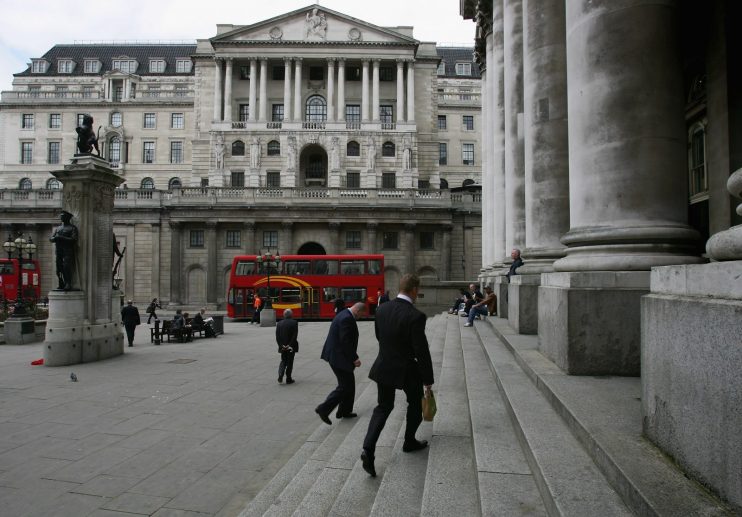UK hits highest borrowing to GDP ratio since the 60s

The UK borrowed a further £17.4bn in November, bringing the overall borrowing to GDP ratio to levels not seen since the 1960s.
Net debt now sits at 2,317bn, around 96.1 per cent of GDP.
While it is around £5bn less than November last year, the figure is also the second-highest November borrowing on record, the Office for National Statistics (ONS) found.
Senior economist at KPMG, Michal Stelmach put the shrinking figure down to the “continuation of economic recovery from the pandemic”, as well as rising VAT receipts, PAYE income tax and a fall in non-interest spending.
However, chief economic advisor Martin Beck, of the EY ITEM Club, cautioned that the near £5bn (£4.9bn) undershoot in comparison to last year’s record figure was due to lockdown restrictions over the period, which ‘greatly flattered’ the comparison.
Beck added that the lofty figure “was largely due to higher government spending, particularly on debt interest payments, which has been caused by the rise in inflation over the past few months”.
With the prospect of activity slowing around the turn of the year, amid the latest wave of Covid-19 and looming inflation hikes, the EY ITEM Club said it is unlikely that borrowing will fall below the Office for Budget Responsibility’s (OBR) full-year forecast of £183bn.
“Indeed, that forecast might prove to be on the low side,” warned Beck.
Public sector net debt has been forecast to be around £136bn in the year to November 2021, the ONS added.
Which prompted Stelmach at the fellow Big Four firm to project debt interest payments to total £64bn this financial year, swelling from last year’s £39bn.
“Around a half of total public debt is linked to either inflation or the Bank of England’s interest rate via QE, both of which will put further upward pressure on servicing costs next year,” he explained.
“Taken together, with three further rate hikes that we expect by the end of 2022-23, they could add as much as £11bn to borrowing that year, eating up over a half of the Chancellor’s current fiscal headroom.”